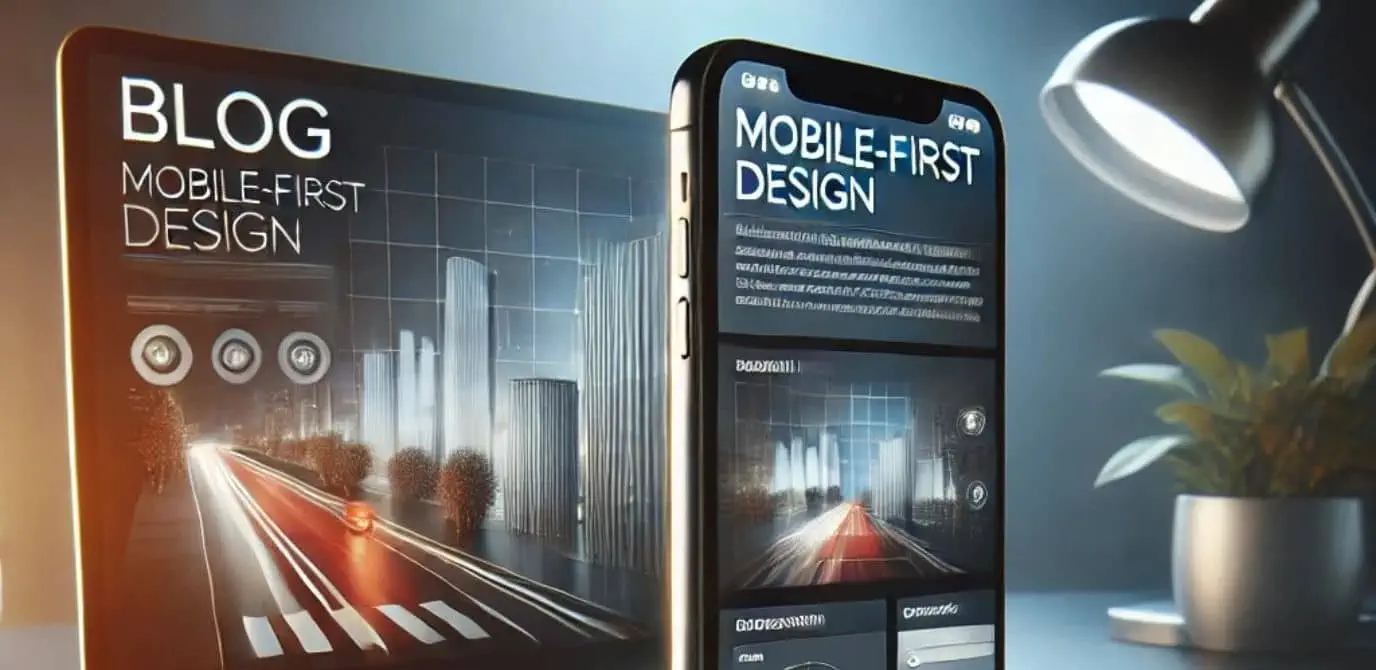
THE IMPACT OF MOBILE-FIRST DESIGN
WHY MOBILE-FIRST MATTERS
With the majority of web traffic coming from mobile devices, adopting a mobile-first design approach is more important than ever. This means designing for the smallest screen first and then scaling up to larger screens. Mobile-first design ensures that users have a positive experience regardless of the device they’re using. It prioritizes essential content and functionality, leading to faster load times and improved usability.
Mobile-first design isn't just about making things smaller; it's about prioritizing content and functionality to meet the needs of mobile users. This approach often leads to a cleaner and more focused design, which can also benefit desktop users. By starting with the mobile experience, designers can ensure that the core elements of the site are accessible and user-friendly on all devices.
IMPLEMENTING MOBILE-FIRST DESIGN
Start by identifying the core content and features that need to be accessible on mobile. Use responsive design techniques to ensure that the design adapts to different screen sizes. This includes using flexible grids, images, and CSS media queries to create a fluid and responsive layout.
Testing extensively on various devices is crucial to guarantee a smooth user experience. This includes not only different smartphones and tablets but also considering varying screen sizes and resolutions. User feedback is invaluable during this process, as real-world usage can highlight issues that may not be apparent during initial testing.

By adopting a mobile-first approach, design agencies can create versatile and user-friendly websites that meet the needs of today’s mobile-centric audience. This approach ensures that websites are not only accessible on mobile devices but also offer a seamless and enjoyable user experience on all platforms.